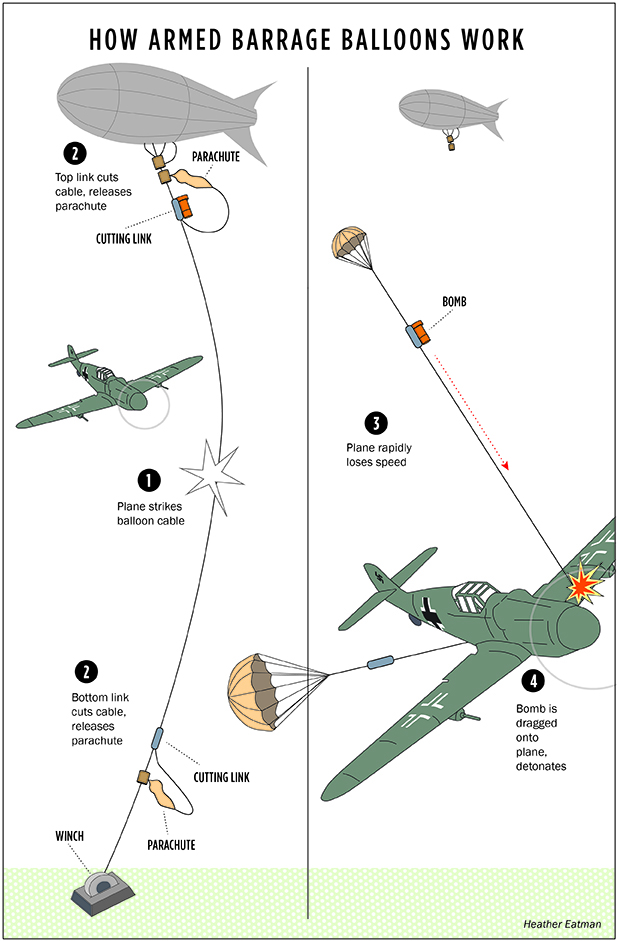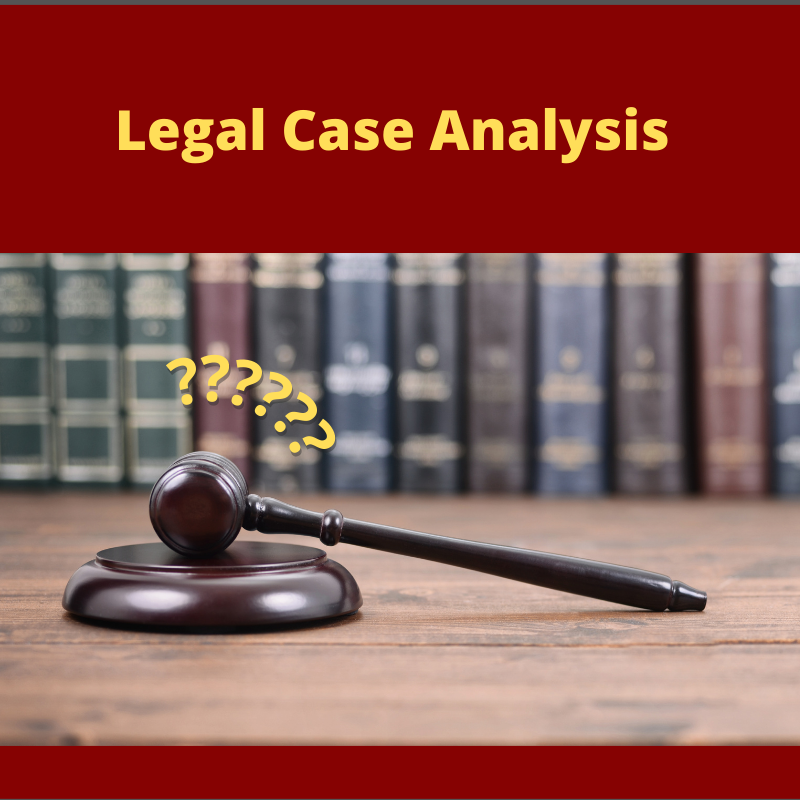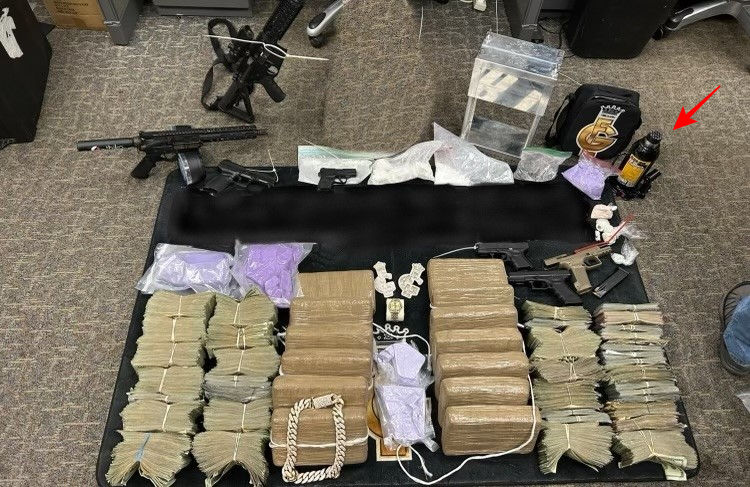Communications
TL;DR; Go to DiveMedic’s site and read everything he has on radios and communications. He covers it much better than I can.
Area Ocho His website is on my “must read” daily list. He is quite knowledgeable in many areas.
Having said that, the next thing to know is that communications is shit in an emergency.
You’ve read J. Kb’s description of losing power. For me, losing power means I can’t work. It means I cannot monitor the servers and sites as closely as I would like.
Why does communications go bad in a simple power outage?
There are two “wires” that come into this house. One is for power, the other is for the internet. That second is fiber.
I can keep power to the networking gear and the fiber modem, even with extended power outages. That doesn’t help much when the fiber repeaters have lost power. The same was true back when I had cable for internet. Lose power to the town, and Comcast lost power to their stuff as well.
In the good old days of “landlines”, back when people just called them “phones”, every house had two pairs going into the house. The power to run your telephone comes from the phone company’s central office (CO). It was 48 volts, are low voltage. You only lose your phone service if the wires to your home are cut.
The CO had emergency backup generators, even if the entire town was without power, the CO still had their own power source.
There are fewer and fewer people using landlines these days. There really is no need. With cell phones and internet calling, everything is just possible without the phone company.
My home and office are on a software PBX. This is a digital phone exchange that lives out there in the cloud. When you call the office or the house, that call is routed over the standard phone system to my Voice over IP provider. The VoIP provider then forwards that call, over the inter net using SIP, to my PBX. My PBX then sends the call to my computer, my smartphone, the house devices or the office devices.
All of that call data comes in over the Internet.
One of the very cool things about using VoIP is that I can and do have phone numbers outside my state and country. My clients in Canada can call a local to them number, and it rings in my ears.
But what happens if the Internet goes down?
My backup is my cell device. I can use my cellphone as a modem, connect it directly to my router and the entire house or office is back online, sharing that one link to the outside world.
Except for running out of data, it works wonderfully.
For the geeks, this is not the same as using your cell to set up a “mobile hotspot.” When you do that, you are using an “extra” service from your cell provider. When I use my cellphone as a modem, it looks just like a single connection, so no extra charges.
The problem is one of bandwidth.
It used to be that Comcast would advertise these fantastic speeds, “Up to 10Mbit/second!” (Old days). Why “up to?” Why not just say “10Mbit/second?”
The reason was that it was a shared resource.
Think about it like a highway. The feeder road is a private road from your house, but once you get on the highway you are competing with all the other traffic on the highway. If there is too much traffic, everybody slows down.
We call this a broadcast system. Every time one of your devices sends a message on the network, it consumes a tiny slice of the available traffic. Like our highway example, before your device transmits, it looks to see if there is any traffic. If there is no traffic, it sends. If there is traffic, it waits. After it sends, it looks to see if there was a collision. If there was, it retransmits using the same logic.
We’ve moved to point-to-point networking, for local networks. Your computer still checks to see if anybody else is transmitting, the answer is always “no”. It then sends. It uses different physical wires for sending and receiving.
Your device’s message is received at a switch. That switch then waits for a clear time to resend your message to the next switch/router until your message is received at its final destination.
Wonderful.
Comcast cable internet is a broadcast system. Once enough people are using it, the amount of space for your message drops. There is this tipping point where the people using a broadcast service go from “everything is fine” to “nobody can get anything to work.”
That is precisely what happens when the town loses power.
All those moms that live on the book of face switch to using the cell network. All the people taking pictures are using the cell network. The business that depend on network connectivity start using the cell network.
And the cell network melts.
The network is still there. It is still capable of moving the same amount of data. Your signal to the cell tower is just as good as it always was, the cell network just doesn’t have the bandwidth to support that many simultaneous connections.
I used to own an ISP. Dial-up internet provider. We were small, we only had a few points of access (main phone numbers). At each location, we had multiple digital modems.
Here is the deal, for every 24 incoming lines we need a T1 connection. 1.44Mbits/second. We had 5 of these at our main location, 3 at our secondary and 2 at our tertiary location.
The secondary and tertiary locations had a single T1 link back to the primary location. That means that we were stuffing 3×24 users down one of those links and 2×24 down the other.
All of that was then stuffed down our T1 link to our upstream provider.
That means we had 240 dial-up modems, requiring 10 T1s worth of incoming lines going into a single line heading upstream.
We had around 2000 customers using those 240 dial-up modems.
We had zero complaints about busy lines when people called in. We had zero complaints regarding slow data.
This is because of the multiplexing going on. At the time, most people didn’t actually move a lot of data. My computer, at idle today, moves more data than 200 of my customers use to in a day.
What this all means is that depending on your cell phone in an emergency is not a good plan.
I have 3 Baofeng 5ur radios. I will be picking up some antennas for them shortly to extend their range. Three was the smallest number I considered usable. I also have four Midland FRS radios. The FRS radios I can, and do, use. The Baofeng are for receiving only.
I just finished adding the channel 3 frequencies to all the Baofengs.
The following is the page I used to get my radios up and running. I used my google-foo to locate good frequencies in my local area. Do the research now, you won’t have internet in an emergency.









